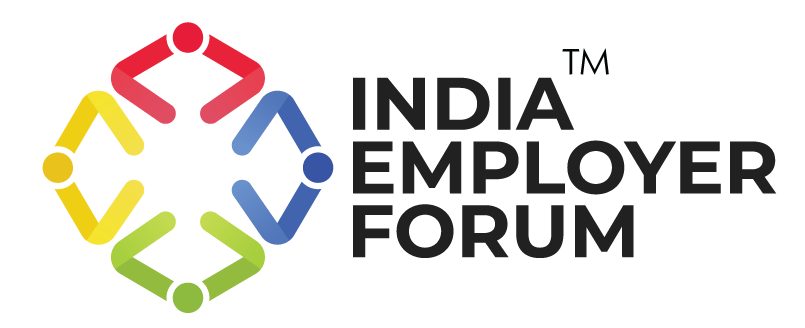Indian-origin leaders are disproportionately represented in global boardrooms. In 2023, 16 Fortune 500 companies were headed by Indian-origin CEOs, and some estimates suggest they account for over 10% of Fortune 500 leaders. Names like Sundar Pichai (Alphabet), Satya Nadella (Microsoft), Indra Nooyi (PepsiCo), Arvind Krishna (IBM), and Leena Nair (Chanel) illustrate this remarkable trend. Indians bring leadership traits such as resilience, adaptability, frugal innovation, and cultural intelligence, which align well with the demands of today’s global economy. These qualities allow Indian-origin executives to thrive in diverse, competitive environments. Yet, within India, these same strengths are often muted by rigid hierarchies, limited leadership pipelines, fear of risk-taking, and cultural conformity. This paradox underscores a central tension: India produces global leaders, but its domestic systems often fail to nurture them.
Abroad, transparent metrics, flatter hierarchies, and strong leadership pipelines create an ecosystem where merit is rewarded and diversity is celebrated. However, in India hierarchical corporate culture, risk aversion, lack of systematic leadership development, and nepotism continue to restrict leadership growth. This contrast explains why Indian talent flourishes globally but struggles to achieve similar breakthroughs at home. It is this paradox—systemic barriers at home versus meritocratic opportunities abroad—that brings into sharp relief the distinctive leadership traits Indians carry with them, traits that often stand out when compared to their Western counterparts.
Resilience and Crisis Management
Growing up in an environment marked by uncertainty—be it bureaucratic hurdles, infrastructural gaps, or resource scarcity—Indian professionals cultivate resilience from a young age. This translates into leadership styles that remain steady during crises and adaptable when systems falter. Western leaders, while strong in structured environments, often lean more on processes that assume predictability. Sundar Pichai’s measured navigation of Google through regulatory challenges and technological disruptions showcases this resilience.
Frugal Innovation (Jugaad)
Indian leaders are shaped by the ethos of jugaad, or resourceful improvisation. This fosters the ability to innovate under constraints and extract maximum value from limited means. It contrasts with Western models that often rely on structured R&D budgets and risk-managed innovation, which can be slower to adapt. Indra Nooyi’s “Performance with Purpose” strategy at PepsiCo reflected a frugal but visionary approach—integrating sustainability into profitability without large-scale disruption.
Cross-Cultural Fluency
India’s immense linguistic and cultural diversity naturally equips its leaders with cross-cultural agility. Navigating diverse communities at home prepares them for global roles requiring sensitivity to multicultural teams and stakeholders. Western leaders, particularly those from more homogeneous environments, often need deliberate training for this skill. Leena Nair’s rise from Hindustan Unilever in India to CEO of Chanel in Paris highlights how cross-cultural adaptability becomes a powerful asset.
Patience and Long-Term Orientation
Indian leaders often favor consensus-building and sustainability over short-term wins. This patient, methodical approach stands in contrast to Western leadership, which prizes decisiveness and immediate results. While Western decisiveness can accelerate momentum, Indian patience nurtures enduring trust and long-term alignment. Satya Nadella transformed Microsoft’s culture not through disruptive overhauls but by gradually instilling empathy, collaboration, and innovation over time.
People-Centric and Empathetic Leadership
Rooted in India’s community-oriented culture, many Indians exhibit maturity which reflects in their effort to prioritize people, relationships, and empathy as much as strategy. This people-first ethos allows them to inspire loyalty and motivate teams beyond transactional performance. Western leadership, while efficient, can sometimes overemphasize shareholder value at the expense of softer human dimensions. Arvind Krishna at IBM has consistently emphasized putting employees at the heart of transformation, balancing technology with human priorities. Similarly, Amit Walia of Informatica highlights empathy and learning from failure as cornerstones of his leadership journey.
The Western Counterbalance
While these traits give Indians a unique edge, Western leaders hold advantages that Indian contexts sometimes underdevelop: a strong process orientation that enables scalability, a culture of bold risk-taking where failure is normalized, and direct, assertive communication that cuts through ambiguity. The most successful Indian-origin CEOs abroad—like Nadella, Pichai, and Nooyi—embody a hybrid model: blending Indian resilience, empathy, and adaptability with Western decisiveness, structure, and risk appetite.
The global stage rewards the very skills Indian leaders cultivate through resilience, cultural agility, and people-centric values. However, India’s hierarchical corporate structures, risk-averse culture, and limited mentorship pipelines often prevent these qualities from flourishing domestically. To replicate global success at home, India must foster flatter organizational structures, normalize risk-taking, and invest in leadership development programs that emphasize both technical and human skills.
Indian-origin CEOs have already proven their mettle worldwide. The task ahead is ensuring that India itself becomes fertile ground for the such leaders to rise, lead, and transform the country’s own institutions with the same excellence they bring to the global stage.






